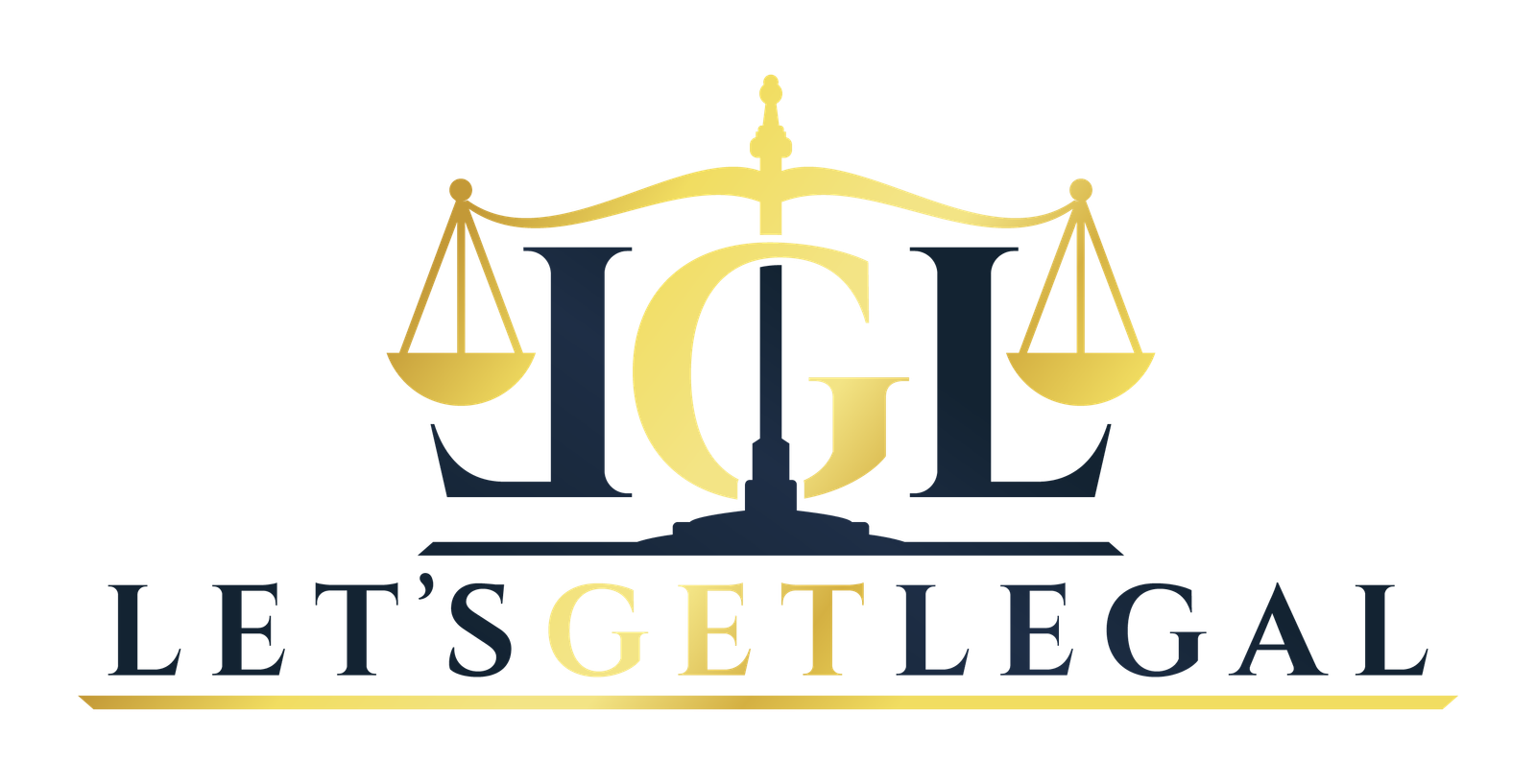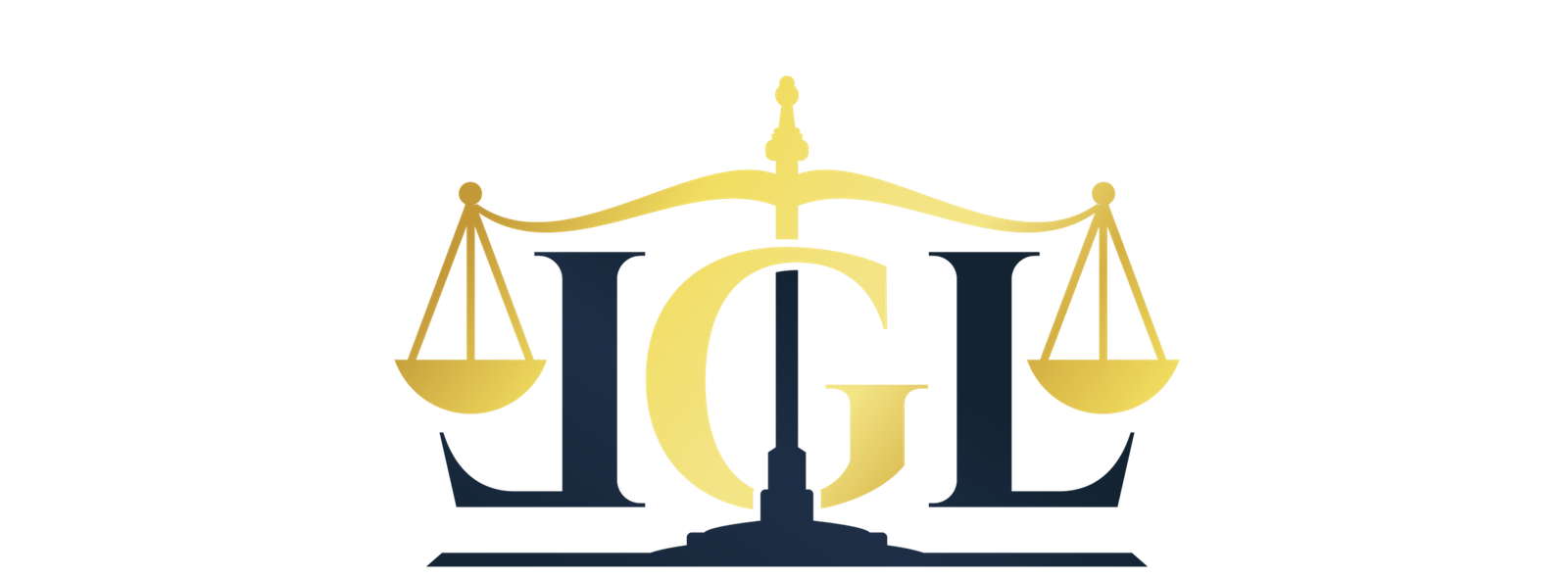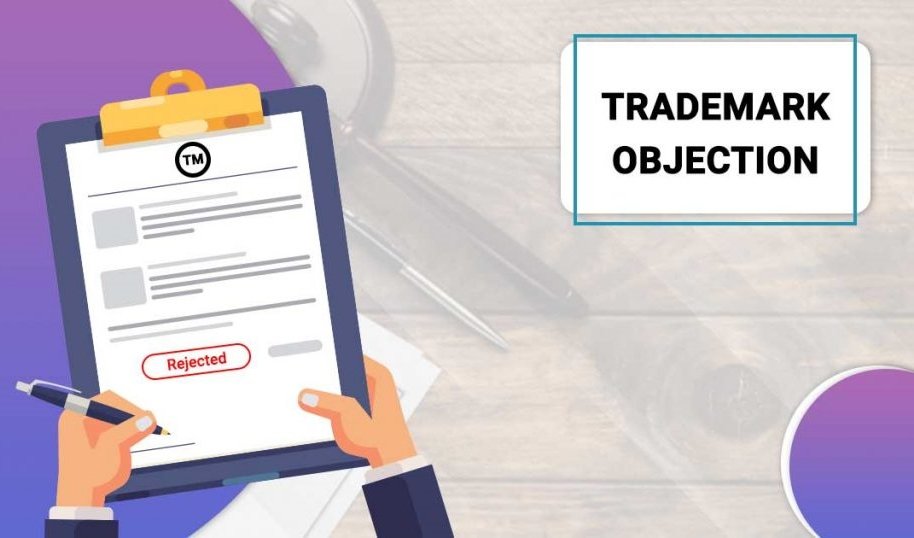To enjoy the protection of a trademark, the business needs to get its trademark registered under the Register of trademarks as per the provisions of Trademark Act,1999. To register the same, an application is made to the Indian Trademark Registry which further goes through examination. A trademark officer examines the trademark application to not be in contravention of any rule. If not, the trademark is registered. Whereas, if any objection to the trademark is found, an objection to it is raised by the examiner in their examination report.
Objections may be raised and the trademark could be refused due to the following reasons:
- ABSOLUTE GROUNDS: Section 9 of the Trademarks Act talks about Absolute grounds for refusal of registration. An application can be rejected on absolute grounds due to multiple reasons which may include –
- No distinctive character of the trademark – If the trademark applied for does not really have a distinctive characteristic and is too generic in nature to be distinguished from others, then it will be rejected on absolute grounds.
- Deceiving in nature – If the examiner finds that the proposed trademark is deceiving the public with respect to its nature, use, quality, and geographical location, then an objection can be raised.
- Vague specification – In a trademark application, if the specification of goods or services is too vague or encompasses a large variety of goods and services in a class, then an objection can be raised by the Trademark Examiner.
- Scandalous or controversial trademark – If the trademark applied for hurts the religious sentiments of any sect of the society or contains scandalous or obscene matter, then the examiner can reject it.
- RELATIVE GROUNDS: Section 11 of the trademarks Act discusses the relative grounds for the examiner to raise objections to the application and further reject it. It basically involves similarity to other intellectual property registrations.
- Similarity to pre-existing trademarks – If an earlier trademark is registered with the similar characteristics, then the examiner would mention so in the report and raise the objection for refusal of trademark.
- Deceptively similar to pre-existing trademark – Similarity to existing goods and services and a trademark which is capable of deceiving the public and causing unfair profits to the trademark applicant are bound to strict scrutiny as well.
- DOCUMENTATIONAL ERRORS: Trademark applications are often rejected due to some error in the paperwork at the applicant’s end. Some of these common errors include the following-
- Use of incorrect TM form – In case the application is not made in the correct trademark form depending upon the characteristics of the goods/services, then an objection is raised by the examiner.
- Incorrect applicant name – The form must contain the name of all the partners and partnership firm correctly. If not, it is subject to being objected to.
- Application by third party – Whenever an application is made through an attorney or agent on behalf of the applicant, then Trademark Form ™-48 must be attached to it. Failure to do so would lead to objection.
- Incorrect address – It must be ensured that the correct address is mentioned on the application form as even a minor discrepancy would lead to rejection.
CORRECTIVE ACTION
In response to the objections raised by the examiner, the applicant can make the necessary changes and re-request the trademark by filling out the TM-16 form. Further clarification with respect to the deceptiveness or lack of uniqueness might be added to the form in an attempt to obtain the Trademark.







